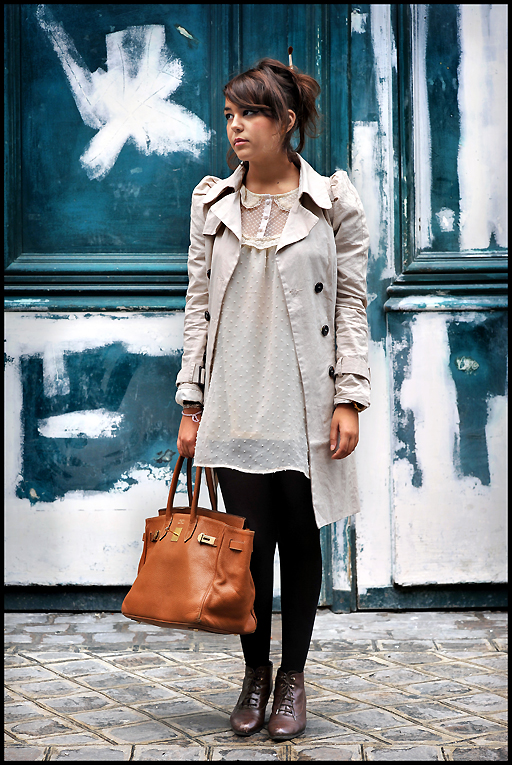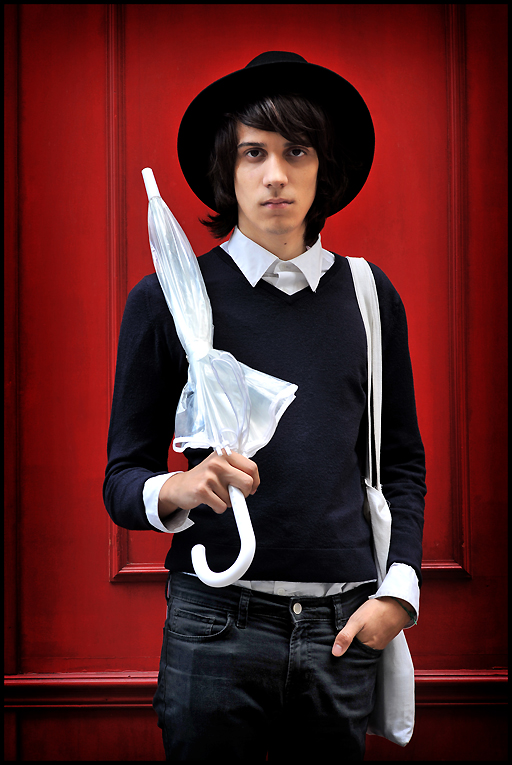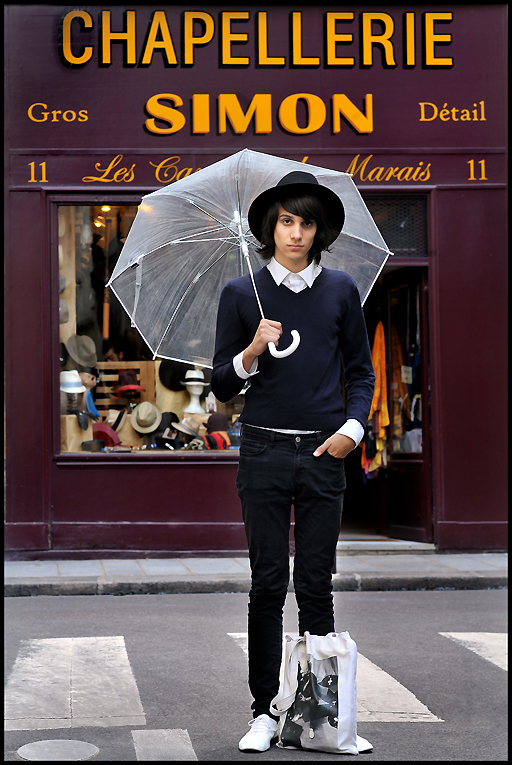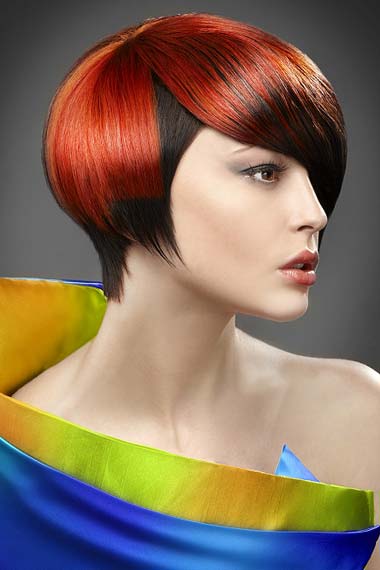Glycoalkaloids in Commonly Eaten PotatoesLike many edible plants, potatoes contain substances designed to protect them from marauding creatures. The main two substances we're concerned with are alpha-solanine and alpha-chaconine, because they are the most toxic and abundant. Here is a graph of the combined concentration of these two glycoalkaloids in common potato varieties (
1):

We can immediately determine three things from this graph:
- Different varieties contain different amounts of glycoalkaloids.
- Common commercial varieties such as russet and white potatoes are low in glycoalkaloids. This is no accident. The glycoalkaloid content of potatoes is monitored in the US.
- Most of the glycoalkaloid content is in the skin (within 1 mm of the surface). That way, predators have to eat through poison to get to the flesh. Fortunately, humans have peelers.
I'll jump the gun and tell you that the generally accepted safe level of potato glycoalkaloids is 200 mcg/g fresh weight (
1). You can see that all but one variety are well below this level when peeled. Personally, I've never seen the Snowden variety in the store or at the farmer's market. It appears to be used mostly for potato chips.
Glycoalkaloid Toxicity in AnimalsPotato glycoalkaloids are undoubtedly toxic at high doses. They have caused many harmful effects in animals and humans, including (
1,
2):
- Death (humans and animals)
- Weight loss, diarrhea (humans and animals)
- Anemia (rabbits)
- Liver damage (rats)
- Lower birth weight (mice)
- Birth defects (in animals injected with glycoalkaloids)
- Increased intestinal permeability (mice)
However, it's important to remember the old saying "the dose makes the poison". The human body is designed to handle a certain amount of plant toxins with no ill effects. Virtually every plant food, and a few animal foods, contains some kind of toxic substance. We're constantly bombarded by gamma rays, ultra violet rays, bacterial toxins, free radicals, and many other potentially harmful substances. In excess, they can be deadly, but we are adapted to dealing with small amounts of them, and the right dose can even be beneficial in some cases.
All of the studies I mentioned above, except one, involved doses of glycoalkaloids that exceed what one could get from eating typical potatoes. They used green or blemished potatoes, isolated potato skins, potato sprouts or isolated glycoalkaloids (more on this later). The single exception is the last study, showing that normal doses of glycoalkaloids can aggravate inflammatory bowel disease in transgenic mice that are genetically predisposed to it (
3)*.
What happens when you feed normal animals normal potatoes? Not much. Many studies have shown that they suffer no ill effects whatsoever, even at high intakes (
1,
2). This has been shown in primates as well (
4,
5,
6). In fact, potato-based diets appear to be generally superior to grain-based diets in animal feed. As early as 1938, Dr. Edward Mellanby showed that grains, but not potatoes, aggravate vitamin A deficiency in rats and dogs (
7). This followed his research showing that whole grains, but not potatoes, aggravate vitamin D deficiency due to their high phytic acid content (Mellanby.
Nutrition and Disease. 1934). Potatoes were also a prominent part of Mellanby's highly effective tooth decay reversal studies in humans, published in the British Medical Journal in 1932 (
8,
9).
Potatoes partially protect rats against the harmful effects of excessive cholesterol feeding, when compared to wheat starch-based feed (
10). Potato feeding leads to a better lipid profile and intestinal short-chain fatty acid production than wheat starch or sugar in rats (
11). I wasn't able to find a single study showing any adverse effect of normal potato feeding in any normal animal. That's despite reading two long review articles on potato glycoalkaloids and specifically searching PubMed for studies showing a harmful effect. If you know of one, please post it in the comments section.
In the next post, I'll write about the effects of potatoes in the human diet, including data on the health of traditional potato-eating cultures... and a curious experiment by the Washington State Potato Commission that will begin on October 1.
*Interleukin-10 knockout mice. IL-10 is a cytokine involved in the resolution of inflammation and these mice develop inflammatory bowel disease (regardless of diet) due to a reduced capacity to resolve inflammation.
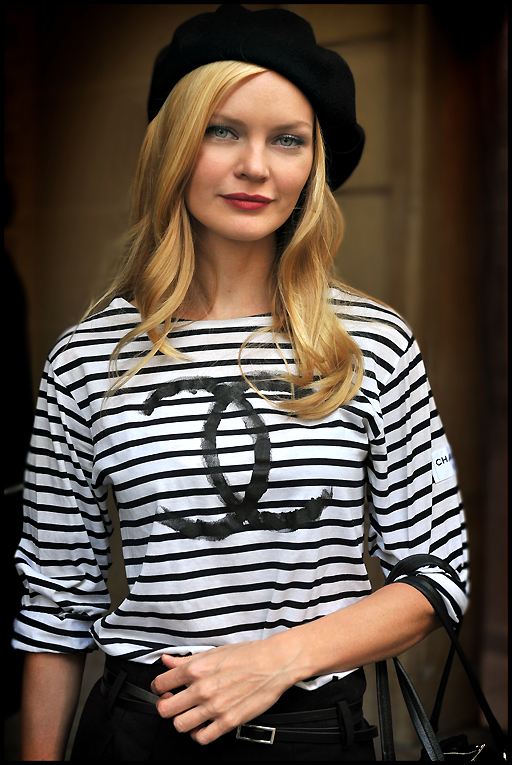
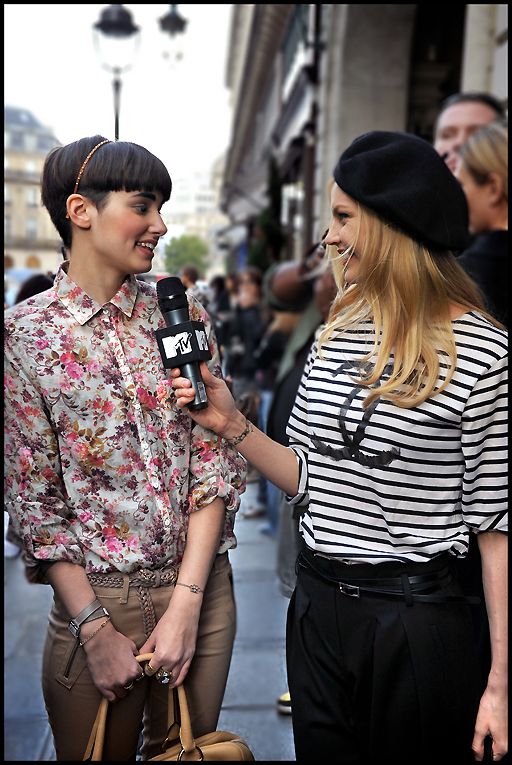
 We can immediately determine three things from this graph:
We can immediately determine three things from this graph:

